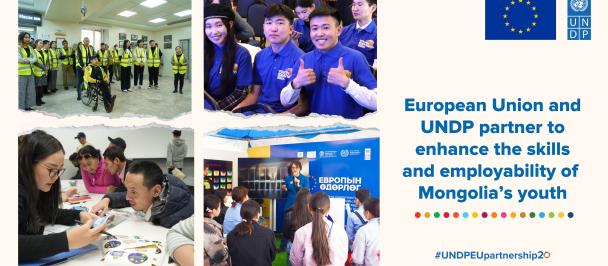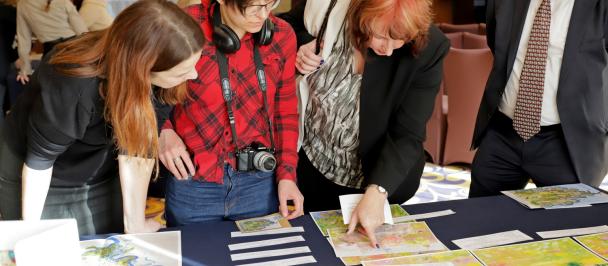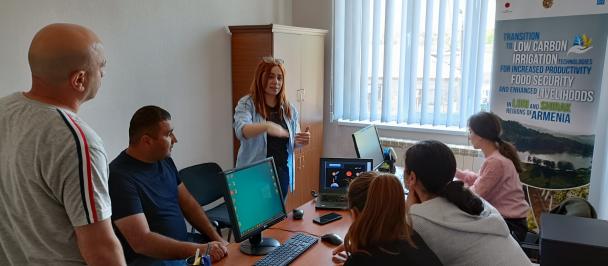Financial resilience in Egypt, and the Arab States region
March 5, 2024
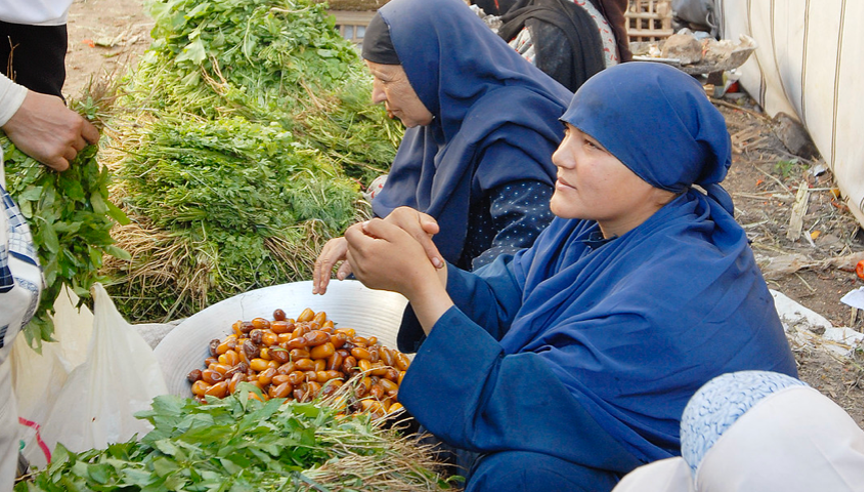
Climate change is escalating risks in the Arab States region, and Egypt is no exception. From extreme weather, water scarcity and coastal erosion to agriculture losses and disease outbreaks, these interconnected risks are jeopardising economies, infrastructure, community health, and overall social cohesion.
There is both a need and an opportunity to expand the developmental benefits of insurance and risk transfer solutions in the Arab States region, aligned with UNDP ‘s Regional Programme and the INFF Strategy. There is also significant potential in the region for the development of inclusive insurance and Takaful - a Shari’ah-compliant alternative to insurance.
UNDP’s Insurance and Risk Finance Facility (IRFF) is developing innovative protection solutions in the Arab States region, including advanced programmes in Egypt, Jordan and Algeria under the Tripartite Agreement (TPA) – one of the largest public-private partnerships in development between UNDP, BMZ and 20 of the world’s largest insurers under the framework of the Insurance Development Forum.
Released at COP28, the UNDP IRFF insurance and risk finance diagnostics for Egypt, Jordan and Algeria include a mapping of key risks, the state of inclusive insurance and risk finance, and recommendations for scaling financial protection.
Egypt Insurance & Risk Finance Diagnostic - Highlights
Egypt is among the countries most exposed and vulnerable to natural disaster risk, ranking 24 out of 192 countries in the 2022 World Risk Report. The country faces high risks of flooding, storms, rising temperatures, sea-level rise, earthquakes, and drought.
Inclusive insurance in Egypt centers around microinsurance, with most progress to date seen in credit-life and personal accident policies. A new draft insurance law with provisions for microinsurance is pending, introduced by the Financial Regulatory Authority (FRA) in October 2020. Areas for growth include micro-takaful, with much unrealized potential, and agricultural insurance, which is largely absent from the market.
The Government of Egypt (GOE) is committed to a comprehensive approach to effectively manage disaster risk finance (DRF) through the National Strategy for Disaster Risk Reduction 2030 (NSDRR 2030). However, Egypt has yet to deliver a specific and comprehensive strategy for disaster risk financing.
The Egypt country diagnostic outlines the need to strengthen the enabling environment for inclusive insurance through facilitative regulatory support. With a market penetration of 1%, more opportunities should be created for product development and distribution with a focus on agricultural insurance. For disaster risk finance, and disaster risk finance, data collection and coordination should be improved, and a comprehensive strategy specifically for disaster risk finance should be developed to enhance the use of ex-ante instruments like insurance and to introduce a layered and cost-effective approach to DRF.
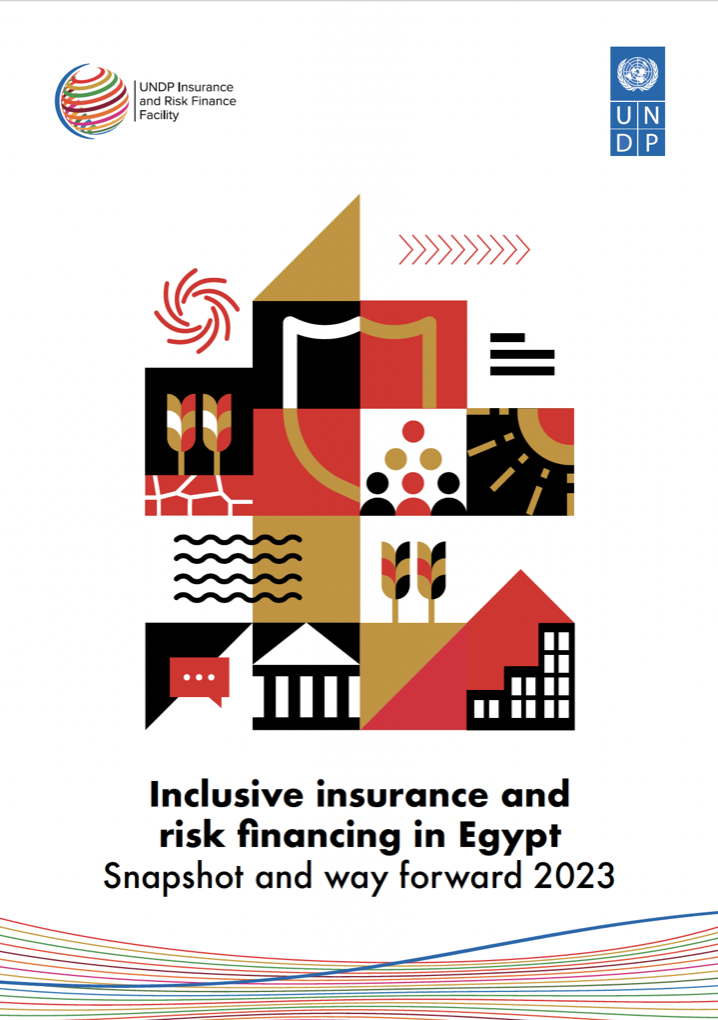
Jordan Insurance & Risk Finance Diagnostic – Highlights
Jordan is one of the most water stressed countries in the world, with other key risks and hazards include earthquakes, frost, forest fires, flash floods, pests, and diseases.
Jordan currently has a limited inclusive insurance market; a hospital cash scheme for low-income women exists and inclusive insurance/ microinsurance regulations are under development.
To develop the market for disaster risk finance, applying disaster risk information appropriately is needed; alongside a strategy for Disaster Risk Financing (DRF), the integration of DRF into existing frameworks; and steps towards adopting sovereign DRF solutions.
A key recommendation to grow inclusive insurance in Jordan is to build the capacity of the insurance industry to develop and deliver a wider range of innovative inclusive insurance products, including through leveraging technology and support the insurance supervisor in creating an enabling regulatory environment.
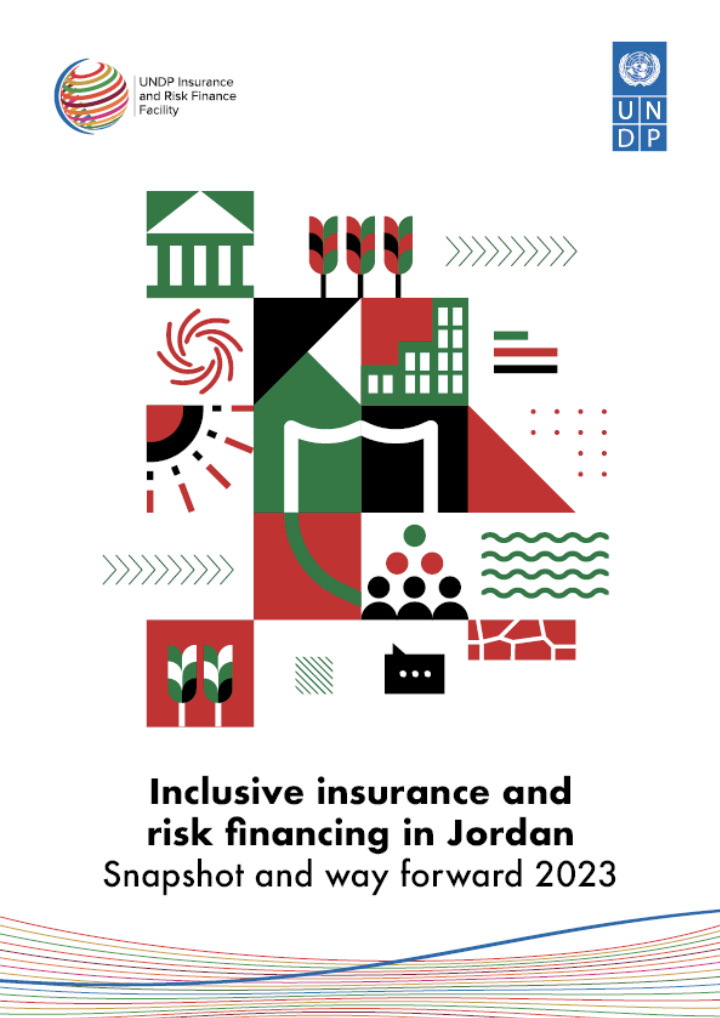
Algeria Insurance & Risk Finance Diagnostic - Highlights
The Algerian legislation identifies 10 major risks and hazards, including earthquakes, droughts, floods, and forest fires. With an insurance penetration rate of 1%, the Algerian insurance sector presents an opportunity for scaling up inclusive insurance by tailoring insurance products to local needs, especially in agriculture and credit life. Challenges accessing diversified insurance products are being addressed by the government through developing a faith-based insurance segment and encouraging the delivery of innovative insurance products.
The mandatory natural catastrophe insurance product (CATNAT) uptake remains low, considering that over 99% of disaster costs are covered by state spending. Given the need to rationalize public expenditure, there is a significant opportunity to develop market-based Natural Catastrophe Insurance Covers and innovative sovereign risk financing instruments.
Recommendations to scale up insurance and risk transfer solutions in Algeria include, among others, revising the design of the mandatory natural catastrophe insurance scheme, restructuring the Agriculture Disaster Insurance Scheme, aligning insurance and State aid programs, and exploring additional sovereign risk financing solutions.
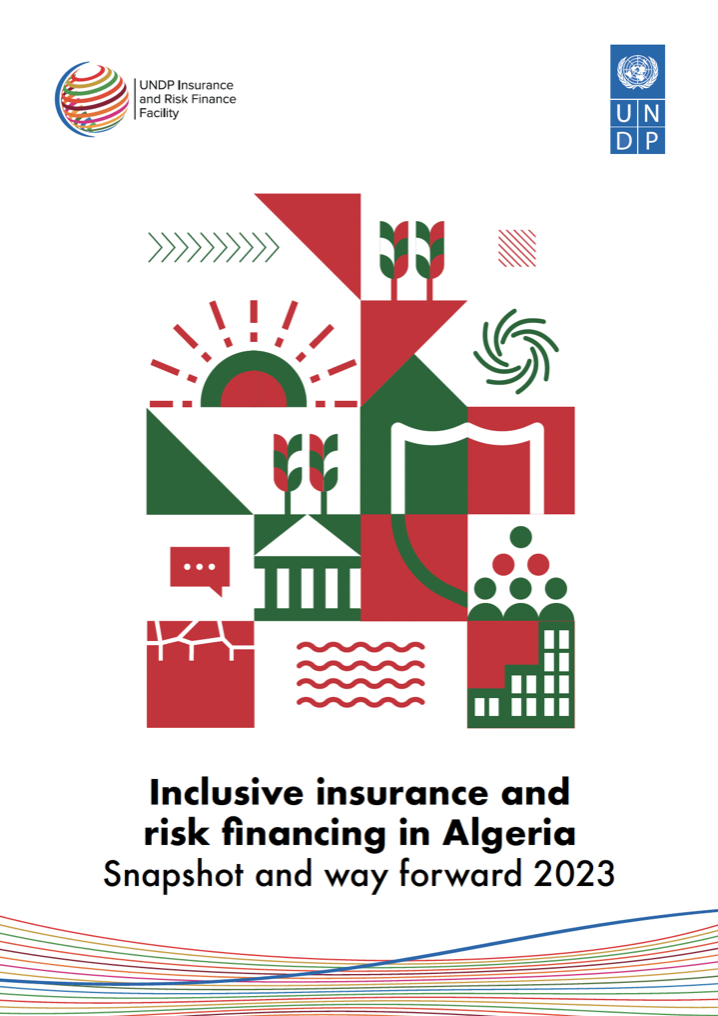
Opportunity to Scale Takaful to Build Financial Resilience to Climate Risks
Many mainstream financial resilience approaches that use conventional insurance solutions to manage climate risks are not Shari’ah compliant and exclude vulnerable Muslim communities from critical financial protection.
Algeria, Jordan and Egypt are among many countries with sizable Muslim populations facing growing risks, and where Takaful is being explored as a strategic avenue for enhancing financial protection for vulnerable communities.
A joint UNDP, ISDB and ISDBI report “Insuring a Sustainable Future: Building Climate Resilience Through Takaful” launched at COP28 explores Takaful’s potential as an inclusive tool to enhance developing countries’ financial resilience to climate risks.
In 2024, UNDP’s IRFF in coordination with the UNDP Regional Bureau for Arab States plans to build on this evidence to expand the developmental benefits of insurance and risk financing solutions in the Arab States through the Takaful Alliance.
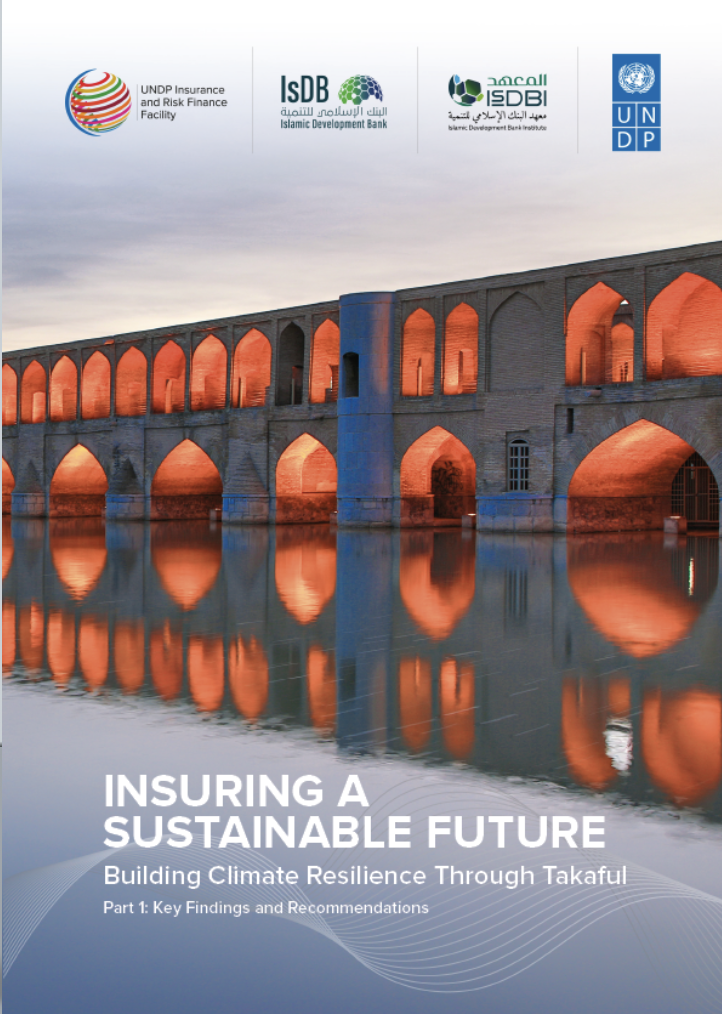

 Locations
Locations